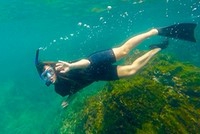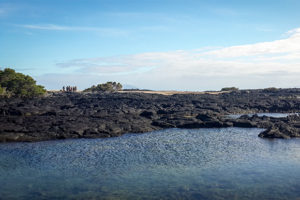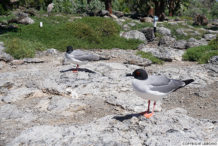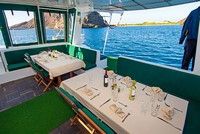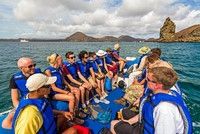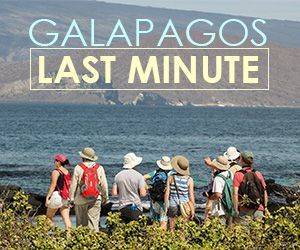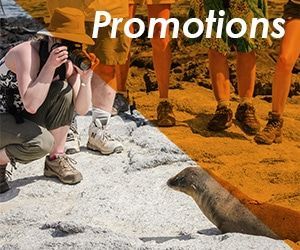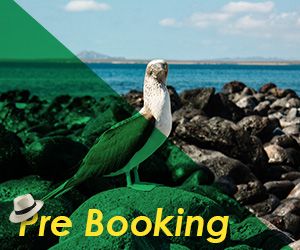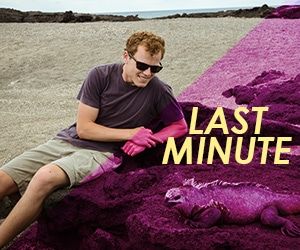Galápagos Sea Lions: Everything You Need to Know Before You Visit
Curious about sea lions in the Galápagos Islands? Discover where to see them, how they behave, and why they’re a highlight of any trip—plus a new Disney documentary that brings their story to life.
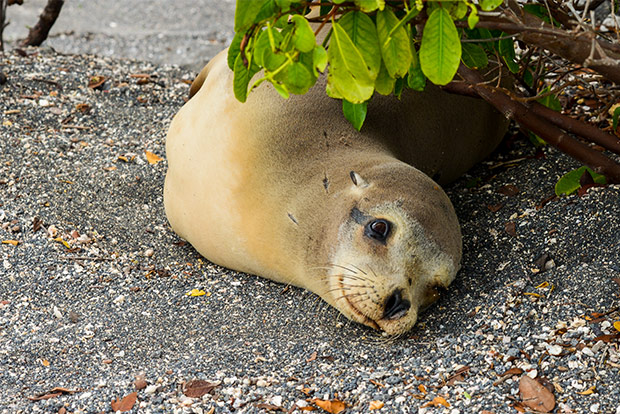
Why Sea Lions Are the Stars of the Galápagos
When travelers think of the Galápagos Islands, sea lions are usually the first animals they picture. Playful, loud, and full of personality, Galápagos sea lions are everywhere—from docks and beaches to the shallow coastal waters. Their bold nature and relaxed attitude make them one of the easiest and most entertaining species to spot.
These marine mammals aren’t just iconic—they’re a core part of the Galápagos experience.
What Makes Galápagos Sea Lions Unique?
Galápagos sea lions (Zalophus wollebaeki) are found nowhere else on Earth. Though closely related to the California sea lion, they’ve evolved unique traits that suit the archipelago’s climate and ecosystem.
Notable features include:
- Smaller size compared to California sea lions
- Flatter heads and shorter snouts
- Extremely social and approachable behavior
Their population across the islands is estimated at around 50,000. You’ll see them almost everywhere you go in the Galápagos.
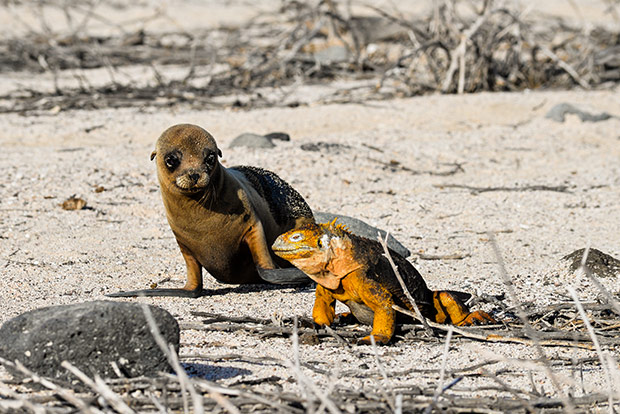
Where to See Sea Lions in the Galápagos
Galápagos sea lions are practically a welcome committee when you arrive. They’re often found sunbathing on piers, snoozing on benches, or barking from the decks of boats.
Top spots to see them:
- Puerto Ayora (Santa Cruz Island) – Find them lounging near the fish market and harbor.
- San Cristóbal Island – Known for the highest sea lion population. Check out Playa Mann and the waterfront.
- Isabela Island – Spot them along the main beach or at the dock in Puerto Villamil.
- Española and Floreana Islands – Great for snorkeling experiences with sea lions in the wild.
Snorkeling with sea lions is one of the most thrilling wildlife encounters in the Galápagos. They love to show off underwater, darting and spinning around swimmers.
Behavior: What to Expect
Sea lions in the Galápagos are curious and bold. They bark to communicate, often nap in groups, and don’t shy away from people. Pups stay with their mothers for over a year and can often be seen playing or nursing on the beach.
Male sea lions (bulls) can be territorial, especially during mating season (August–December). Give them space and never touch or feed any sea lions—respect the 2-meter distance rule, even when they approach you.
Sea Lions on Screen: Disney’s New Documentary
Want to learn more before you visit? Disney is releasing a brand-new nature documentary titled Disneynature’s Sea Lions of the Galápagos, streaming on Disney+ starting April 22, 2025.
The film follows Leo, a young sea lion navigating life in the wild Galápagos Islands. Narrated by Brendan Fraser, the documentary captures their playful energy and the challenges they face in a changing world.
📺 Watch the official trailer here:
Disneynature’s Sea Lions of the Galápagos | YouTube
🔗 More details on the Disney Studios website:
Disneynature Official Page
Whether you’re planning a trip or just love nature documentaries, it’s a great way to connect with these incredible animals.
Best Time to See Galápagos Sea Lions
Sea lions are present year-round in the Galápagos, but for travelers wanting to see adorable pups, the best time to visit is from September to December. During this period, pups are still nursing and learning to swim, which makes for especially cute sightings.
Why They Matter to the Ecosystem
Galápagos sea lions are essential to the marine ecosystem. As predators of small fish like sardines, they help keep fish populations balanced. They are also key indicators of ocean health. When sea lion numbers drop, it’s often due to bigger environmental threats like El Niño or overfishing.
Conservation efforts in the Galápagos include habitat protection, eco-tourism rules, and monitoring population trends to ensure long-term survival.
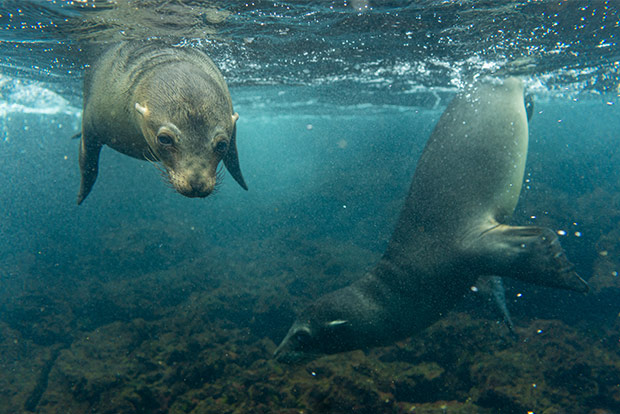
Responsible Travel Tips
When visiting the Galápagos, here’s how to protect sea lions and their habitat:
- Book with licensed, tour operators
- Never touch or feed wildlife
- Use reef-safe sunscreen when snorkeling
- Don’t litter or leave food near beaches
- Always stay at least 2 meters (6 feet) away from animals
Every visitor plays a part in keeping the Galápagos wild.
Final Thoughts: Why You Should Care
Sea lions are the heart of the Galápagos Islands. They’re curious, intelligent, and full of life—and they give you a front-row seat to nature at its most raw and beautiful.
Whether you’re snorkeling beside one or watching Disney’s new documentary from your couch, Galápagos sea lions offer something special: a connection to the wild that’s both entertaining and humbling.

